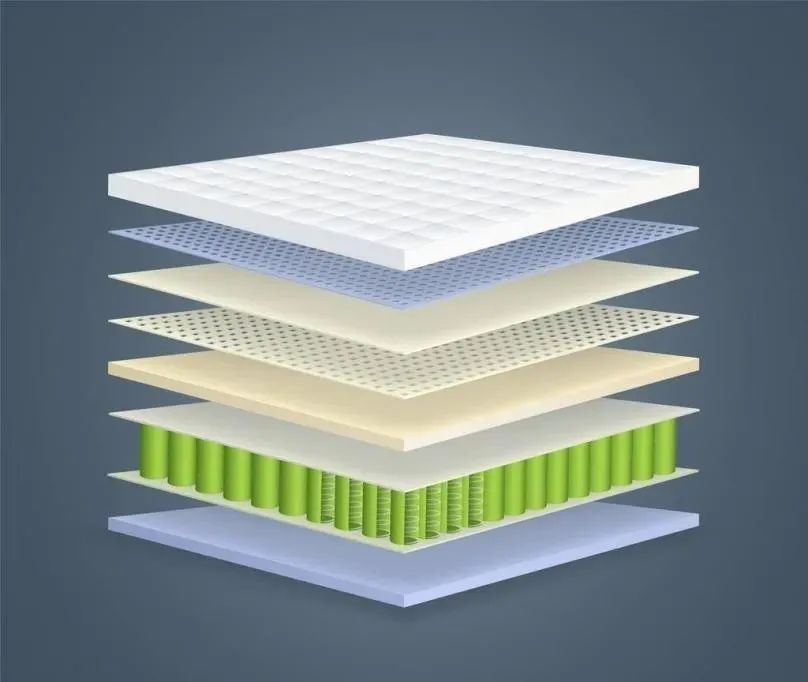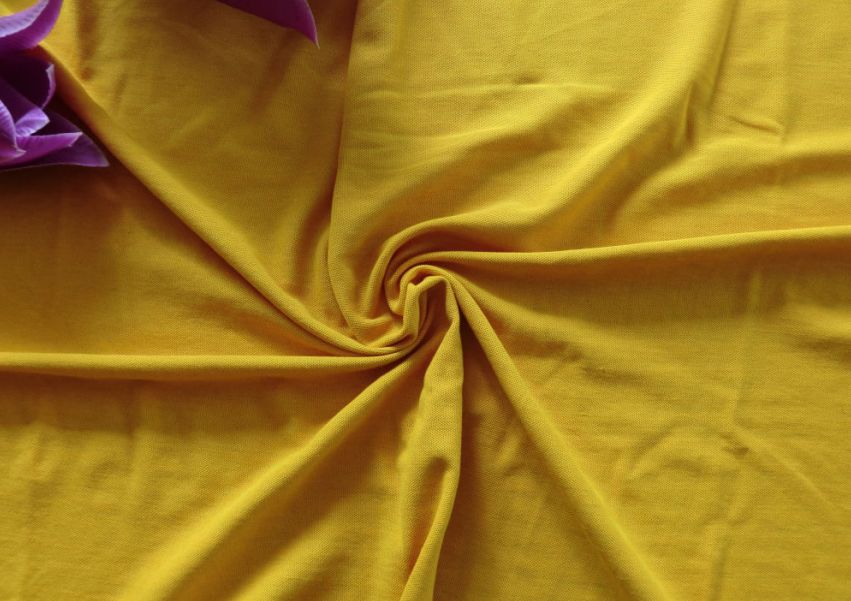The principle of polyester antibacterial fabric and nylon antibacterial fabric.
Antibacterial fabric is called in English: "Antimicrobial Fabric", "Anti-Odor Fabric", "Anti-Mite Fabric". Antimicrobial fabric has good safety, it can efficiently and completely remove the bacteria, fungi and mold on the fabric, keep the fabric clean, and can prevent the regeneration and reproduction of bacteria. The antibacterial fabric injector is fixed inside the fiber and protected by the fiber when it is dyed inside the polyester and nylon fiber at high temperature, so it has the washing resistance and reliable broad-spectrum antibacterial effect. Its antibacterial principle is that it destroys the cell wall of bacteria, because the intracellular osmotic pressure is 20-30 times of the extracellular osmotic pressure, so the cell membrane ruptures and the cytoplasmic material leaks out, so it also terminates the metabolic process of microorganisms, so that microorganisms cannot grow and reproduce.

The function of polyester antibacterial fabric and nylon antibacterial fabric.
Antibacterial deodorant fabric function has antibacterial sterilization, anti-mildew and odor, high strength moisture absorption, breathable sweat, skin-friendly skin care, anti-UV, anti-static, exclude heavy metals, eliminate formaldehyde, aromatic ammonia, anti-static, anti-UV and other functions, forming a natural green multi-functional products.
Textile fabrics after finishing technology finishing fabric with permanent antibacterial antibacterial function and anti-mold deodorization function and other functions, is the current leading antibacterial antibacterial, anti-mold deodorization multifunctional finishing technology.
Antibacterial deodorant fabric for the human body of all kinds of bacteria, fungal growth and reproduction has a strong and rapid inhibition, antibacterial rate of more than 99.9%, applicable to a variety of textiles, can give the fabric efficient antibacterial deodorant and washability, resistance to washing more than 30 times without discoloration. Used in cotton, blended, chemical fiber, non-woven, leather and other types of fabrics.

Polyester antibacterial deodorant fabric and nylon antibacterial deodorant fabric uses.
The antibacterial and antimicrobial, anti-mildew and deodorant functional fabrics are suitable for making underwear, casual wear, bedding, towels, socks, workwear and other garments, home textiles and medical textiles.
The meaning and purpose of polyester antibacterial fabric and nylon antibacterial fabric.
(1)The meaning of polyester antibacterial fabric and nylon antibacterial fabric
Sterilization: the effect of killing microbial nutrients and propagation is called sterilization.
Antibacterial: The role of preventing or inhibiting the growth and reproduction of microorganisms is called antibacterial.
Antimicrobial: the total effect of inhibition and sterilization is called antimicrobial.
(2)The purpose of polyester antibacterial fabric and nylon antibacterial fabric
Textile fabrics composed of fiber, because of its porous object shape and polymer chemical structure is conducive to microbial adhesion, become a good parasite for microbial survival, reproduction. In addition to the harm to human body, the parasite will also contaminate the fiber, so the main purpose of antibacterial fabrics is to eliminate these adverse effects.
The antibacterial performance test and standard of polyester antibacterial fabric and nylon antibacterial fabric.
Polyester antibacterial fabrics and nylon antibacterial fabrics have a special quality testing index, namely antibacterial effectiveness. About the determination of antibacterial effectiveness, domestic and foreign scholars have put forward a variety of evaluation experimental methods, but there are some defects, and the scope of application has some limitations. Antimicrobial agent can be roughly divided into soluble (antimicrobial agent on the fabric in water can slowly dissolve) and non-soluble (antimicrobial agent and fiber combination, can not be dissolved) two, the corresponding representative antimicrobial performance test methods are: GB15979-2002 single-use sanitary products health standards, also known as "oscillating flask method", for non-soluble antimicrobial agent. It is applicable to textiles produced by non-dissolving antimicrobial agents. This test will test the antimicrobial rate of antimicrobial polyester fabrics respectively.

(1) Polyester antibacterial fabric and nylon antibacterial fabric test principle
The oscillating flask method is to inoculate a certain concentration of bacterial solution on the specimen, increase the contact between the antimicrobial test substance and the test bacteria by strongly oscillating for a long time, and evaluate the performance of the antimicrobial fabric by comparing the change in the number of colonies of the specimen before and after oscillation.
(2) Evaluation standard of polyester antibacterial fabric and nylon antibacterial fabric
According to GB 15979-2002, the difference between the antimicrobial rate of the tested sample group and the control sample group is greater than 26%, and the product can be judged to have antimicrobial effect. Through the study of experimental testing and analysis, it shows that the antimicrobial fabric using antimicrobial polyester fabric fiber have good antimicrobial effect, the antimicrobial fabric content in the fabric has a great influence on the antimicrobial effect of the fabric, in terms of the antimicrobial rate per percent of fiber content in the fabric, the fabric has a better antimicrobial effect, and the antimicrobial polyester fabric has a closer antimicrobial effect.
(3) Test results of polyester antibacterial fabric and nylon antibacterial fabric
Anti-mite performance test results: The test results show that the anti-mite anti-bacterial fabric has a repellent rate of dust mite, leather mite and chigger mite greater than 99%. Anti-mite spectrum measurement results: The results show that the anti-mite anti-bacterial finishing fabric can completely kill Staphylococcus aureus, Staphylococcus epidermidis, Bacillus cereus, Streptococcus, Pneumococcus, Meningococcus, Gonococcus, Escherichia coli, Dysentery bacillus, Typhoid bacillus, Pneumococcus, Pseudomonas aeruginosa, Bacillus subtilis, Flocculina epidermidis, Trichophyton rubrum, Candida albicans, Penicillium, Aspergillus niger and other harmful Bacteria.
Anti-mite and anti-bacterial fabrics are resistant to washing: the repellent rate of dust mite, leather mite and chiggers mite is over 95% after 50 times of washing. The anti-mite antimicrobial fabric is resistant to gonococcus (941748 domestic prevalent strain), gonococcus (WHO Q6 international standard drug-resistant strain), Staphylococcus aureus (ATCC 6389), Escherichia coli (ATCC 8099), Candida albicans (ATCC l0231), gypsum-like bacterium, flocculent epidermidis, Trichophyton rubrum, Bacillus subtilis black variant bacterium (ATCC 9372), etc. in unwashed and The anti-mite antibacterial finishing fabric has excellent resistance to washing as it does not grow at all on the antibacterial fabric after 30 times, 50 times and 100 times washing.
Contact: Jeanne yang(MISS)
Phone: 13912652341
E-mail: [email protected]
Add: Room A2216/A2217,Double-Star Building,No 567 New South Middle Road, KunShan City JiangSu Province ,China.